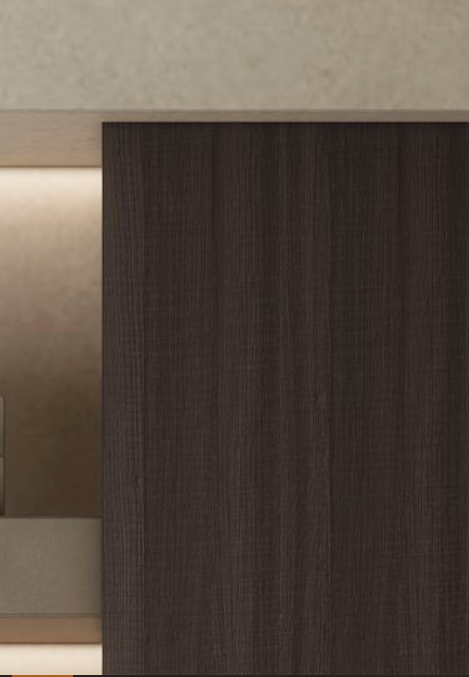- Home
- Understanding the Export Processes and Techniques for Duplex Board Manufacturing Industry
Jul . 26, 2024 18:46 Back to list
Understanding the Export Processes and Techniques for Duplex Board Manufacturing Industry
Duplex Board Manufacturing Process An Overview for Exporters
Duplex board, a type of paperboard made from recycled fibers, is an essential material used in packaging and printing applications. With its excellent printability and structural integrity, it has become a favored choice for manufacturers and exporters worldwide. Understanding the manufacturing process of duplex board is crucial for those looking to enter the export market, as it brings insight into quality control, production efficiency, and potential market demand.
Raw Materials
The production of duplex board primarily involves recycled paper and wood pulp. The fibers used are sourced from various streams, including industrial waste, post-consumer waste, and sometimes virgin pulp. The balance between recycled materials and virgin fibers is vital, as it directly affects the quality and properties of the final product. Environmental considerations are also critical, driving the need for sustainable sourcing practices in the manufacturing process.
Pulping Process
The first step in duplex board manufacturing is pulping. The raw materials are mechanically and chemically treated to separate the fibers. Mechanical pulping yields a higher yield of fibers, while chemical pulping results in greater fiber purity and strength. After cleaning and refining, the mixture is screened to remove any contaminants. The pulped material is then diluted and turned into a slurry, which forms the basis for the board.
Formation and Pressing
The slurry is transferred onto a moving mesh wire conveyor, where water is drained off, allowing the fibers to intertwine and create a wet sheet. This process is known as sheet formation. Once the sheet reaches a certain moisture content and density, it undergoes a pressing phase, where heavy rollers compress the sheet to enhance its structural integrity and remove excess moisture.
Drying
duplex board manufacturing process exporters

Following pressing, the sheets are conveyed through a series of heated drying cylinders. The drying process is crucial, as it ensures that the moisture content is reduced to an optimal level, typically around 5-10%. Adequate drying is essential, as it influences the board's strength, printability, and overall performance in final applications.
Coating
To achieve the desired surface finish, duplex boards often undergo a coating process. Coating involves applying a layer of a special mixture that can include clay, latex, or other materials, enhancing the board's printability and surface smoothness. This step not only improves the aesthetic appeal but also contributes to the board’s resistance to moisture and tearing, making it suitable for various packaging applications.
Converting
Once the duplex board is manufactured and coated, it moves into the converting process, where it is cut into specified sizes for different applications. This includes creating sheets for printing, die-cutting for packaging boxes, and other forms tailored to customer requirements. Precision in converting is vital for maintaining quality standards and meeting specific customer needs in the export market.
Quality Control
Throughout the manufacturing process, rigorous quality control measures are implemented to ensure that the products meet industry standards. Tests for strength, surface smoothness, brightness, and other essential parameters are conducted at various stages of production. Adhering to quality standards is particularly important for exporters, as it enhances trust and reliability among international clients.
Conclusion
The duplex board manufacturing process is a multifaceted operation that requires an understanding of both the technical aspects and market dynamics. Exporters looking to thrive in this sector must ensure adherence to quality control measures and sustainable practices. As demand for environmentally friendly and high-quality packaging solutions increases, understanding the intricacies of duplex board production will be paramount to gaining a competitive edge in the global marketplace. By focusing on quality, efficiency, and sustainability, exporters can successfully navigate the complexities of the duplex board manufacturing process and cater to the growing demands of various industries worldwide.
Latest news
-
High-Quality Bathroom Cabinet Contact Paper – Durable & Stylish Leading Suppliers, Exporters, Manufacturers
NewsJul.08,2025
-
Premium Wood Contact Paper for Desk – Reliable Suppliers & Exporters
NewsJul.08,2025
-
Premium Contact Paper for Table Top – Durable & Stylish Surface Solution from Leading Manufacturer
NewsJul.07,2025
-
Duplex Board with Grey Back - Reliable Supplier & Competitive Price Manufacturer & Exporter
NewsJul.07,2025
-
Premium White Contact Paper on Cabinets – Trusted Exporters & Suppliers
NewsJul.06,2025
-
High-Quality Duplex Board Packaging for Food Reliable Manufacturer & Supplier
NewsJul.06,2025

